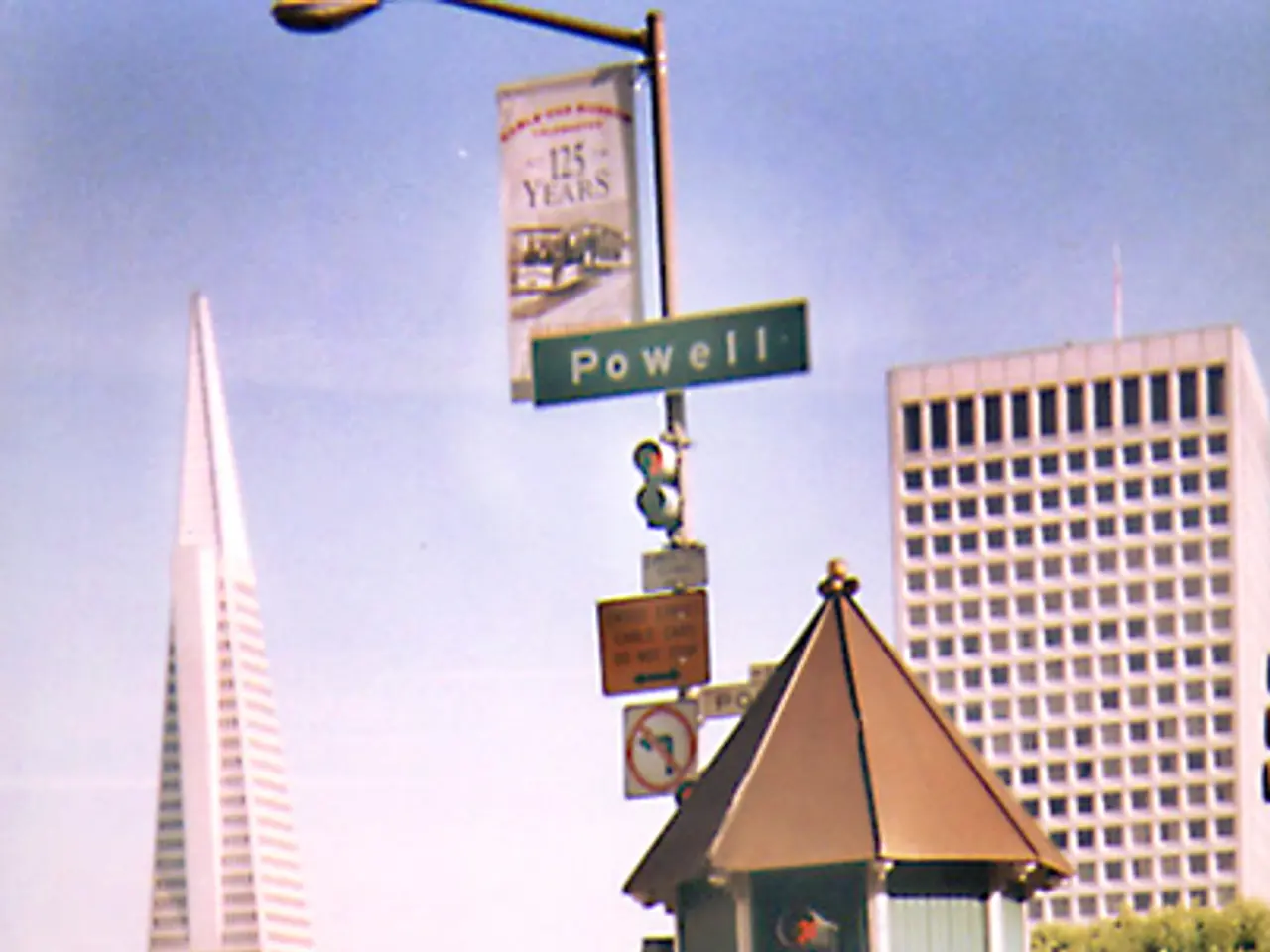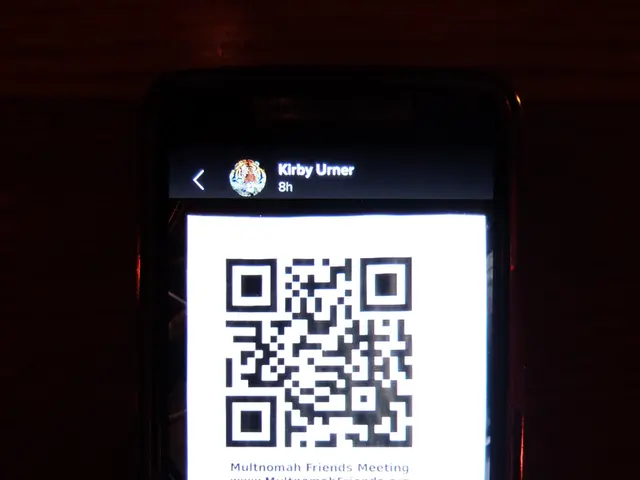Residents living in fire-resistant neighborhoods with quick evacuation rates achieved
Fire-Resistant Los Angeles: A Look into 2050's Fire Defense
In the face of increasing wildfire threats, Los Angeles is gearing up for a future where advanced technology, fire-resistant building materials, and proactive community planning work hand in hand to combat the destructive fires that have become all too common.
A key component of this future fire defense system is the use of mass timber, a material that burns at a rate of half an inch per hour, making it significantly more fire-resistant compared to traditional wood construction. This fire-proofing trend is already being implemented in numerous projects across the Southland, and by 2050, the vast majority of home builders in California are expected to offer fire-resistant homes.
One example of this new approach is the work of Ken Calligar, the CEO of resilient building company RSG 3-D. Calligar's company creates insulated concrete panels with fire-retardant foam sandwiched between wire-mesh faces, wrapped in concrete. Meanwhile, home-building startup Polyhaus has built a prototype of a 540-square-foot ADU wrapped in 60 mass timber panels made of three 1.5-inch layers of plywood sealed together.
Notable figures in the industry, such as celebrity home builder Michael Kovac, have also embraced fire-resistant construction. Kovac's home, which survived a firestorm, is wrapped in fire-resistant fiber cement-panel siding, has a fire-resistant living roof, and features fire-resistant windows.
In addition to new construction, older structures will also be retrofitted to meet modern fire codes. Calligar believes that by 2050, older structures that don't comply with these codes will burn, but they will be replaced by fire-resistant homes, adding a herd-immunity defense to neighborhoods. KB Home recently unveiled a 64-home fire-resilient community in Escondido equipped with covered gutters, non-combustible siding, and defensible space.
Technologically, L.A. aims to become a "smart city" with electric fire-fighting aircraft, drones, and robots assisting in fire suppression and monitoring. Utility grids will detect ignition immediately, and homes may be equipped to automatically deploy fire retardants or gels as flames approach. Artificial intelligence tools like AUDREY will help track and guide fire crews in real time using augmented reality and thermal imaging.
Community evacuation and preparedness strategies are also evolving. While detailed evacuation protocols for 2050 were not specified, the integration of smart technology and community resilience efforts implies enhanced, data-driven evacuation and emergency response coordination. Angelenos will follow community evacuation plans, using electric vehicles or ride-sharing to evacuate. Wearable technologies will alert Angelenos about the fire and provide a live satellite map for safe evacuation.
In the face of devastating fires that have claimed the lives of firefighters and destroyed homes, Los Angeles is taking a proactive approach to fire defense. By 2050, the city is projected to rely on an integrated system of advanced technology, fire-resistant building materials, and improved community evacuation planning, driven by research and recent devastating wildfire experiences.
[1] Source: Los Angeles Times [2] Source: Architectural Record
- By 2050, the majority of home builders in California are expected to offer fire-resistant homes, adopting materials like mass timber and innovative construction methods.
- In this future, older structures will be retrofitted to meet modern fire codes, creating a herd-immunity defense against wildfires in neighborhoods.
- Los Angeles aims to become a "smart city" by 2050, utilizing technology such as electric fire-fighting aircraft, drones, and robots for fire suppression and monitoring.
- Technological advancements will also include homes equipped with systems to automatically deploy fire retardants or gels as flames approach.
- Artificial intelligence tools like AUDREY will help track and guide fire crews in real-time, using augmented reality and thermal imaging.
- Community evacuation and preparedness strategies will be more data-driven, with Angelenos following smart technology-enabled evacuation plans and using electric vehicles or ride-sharing for evacuation.
- Wearable technologies will alert Angelenos about approaching fires and provide live satellite maps for safe evacuation.
- The General-news reports that, spurred by recent devastating wildfire experiences, Los Angeles is taking a proactive approach to fire defense, relying on an integrated system of advanced technology, fire-resistant building materials, and improved community evacuation planning by 2050. [Sources: Los Angeles Times, Architectural Record]




